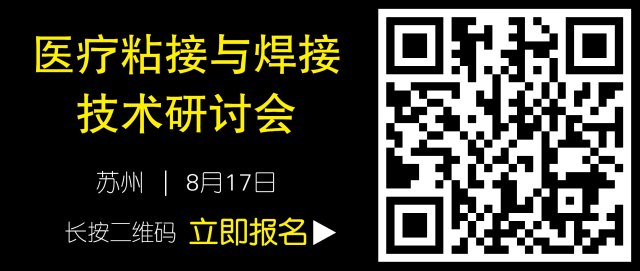
Source: Medical Device Design and Manufacturing
Compared to general medical devices, handheld medical devices have a wider range of applications, such as meeting diverse patient needs, occupying less space, being easy to maintain, and being portable. Due to the widespread application of handheld medical devices, which have greatly assisted medical personnel and patients, many handheld medical devices are beginning to expand into new fields, resulting in a series of derived products.
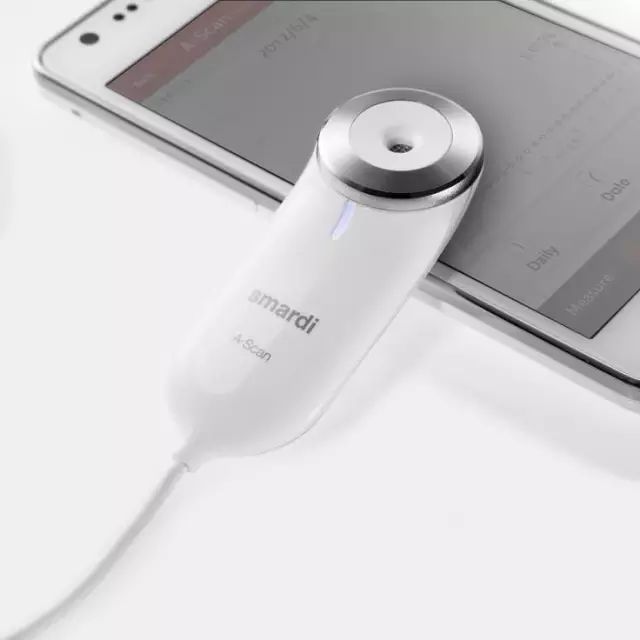
In practical applications, these products have not consistently received positive reviews, but have sparked discussions in society and debates in academia. The key issue lies in errors in the design points of handheld medical devices, which affect their overall use and subsequent development. This study mainly analyzes the design points of handheld medical devices and presents the following overview.
Characteristics of Handheld Medical Devices
1.1 Safety
The widespread application of handheld medical devices is primarily due to their high safety standards. The application areas of medical devices are very broad, having significant positive implications for medical staff, disabled patients, and research in the medical field, and can objectively change the status quo of medical work and patients’ lifestyles, reaching a new height. As a key part of the medical device field, the safety of handheld medical devices is strictly regulated.
First, handheld medical devices must ensure the personal safety of users in the event of a malfunction, rather than causing accidents.
Second, when handheld medical devices are damaged during regular use, the affected areas should be prominently displayed to inform patients of the issues, preventing them from continuing to use the device.
Third, since the parts of handheld medical devices that come into contact with users are mainly the hands, it is essential to enhance protection measures for the hands to avoid wear and tear or cuts.
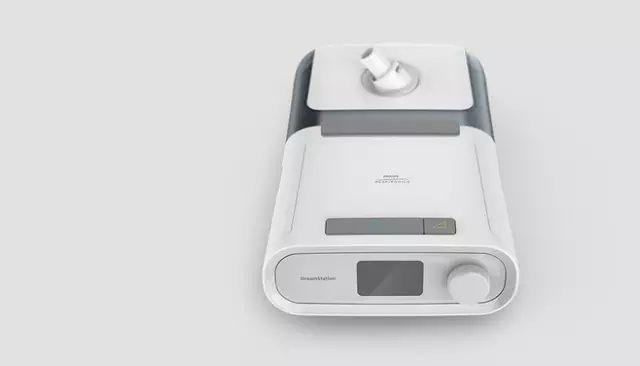
1.2 Complexity
Modern medical devices integrate research results from multiple disciplines, resulting in complex functions and diverse modules. At the same time, the users of medical devices are also complex; users of handheld medical devices are not exclusively professional medical staff. The user environment surrounding handheld medical device products includes non-professional personnel, and even the patients themselves in home settings. They may not possess basic medical knowledge or operational skills with medical devices.
The complexity of handheld medical devices is a core aspect that not only determines the performance of other features but also significantly affects their actual application. This study believes that the complexity of handheld medical devices is not easy to grasp. In future work, efforts should be made to reduce complexity while enhancing other characteristics to help handheld medical devices gain more functionality; on the other hand, it is important to manage the impact of complexity to avoid hindering the design and development of handheld medical devices.
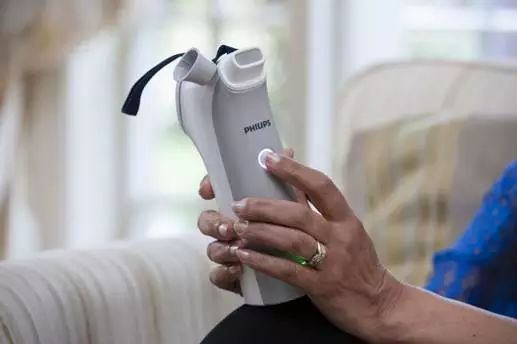
Design Points of Handheld Medical Devices
2.1 Safety
The market for handheld medical devices is very broad. To further meet the needs of a wide range of patients, handheld medical devices must meet certain fixed requirements during the design process, which are commonly referred to as design points. Furthermore, significant breakthroughs in these design points are necessary; otherwise, it will be difficult to meet the demands of real-world applications. Long-term research has shown that one of the design points for handheld medical devices is safety.
The finger pulse oximeter can measure pulse rate and blood oxygen saturation. This device is lightweight and elegantly designed, providing measurement results in just a few seconds when the finger is placed in the middle position. This product is suitable for personal use and sports enthusiasts, as well as for home care and medical purposes. It can connect via Bluetooth to smartphones, synchronizing measurement results to the phone.
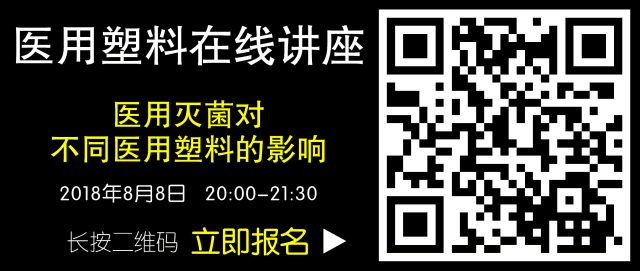
2.2 Shape Design
A key distinction of handheld medical devices compared to other medical devices is that they occupy very little space and are primarily operated by hand. In the operation of smaller medical devices, detailed operations often determine the final outcome. Therefore, the shape design of handheld medical devices is extremely important.
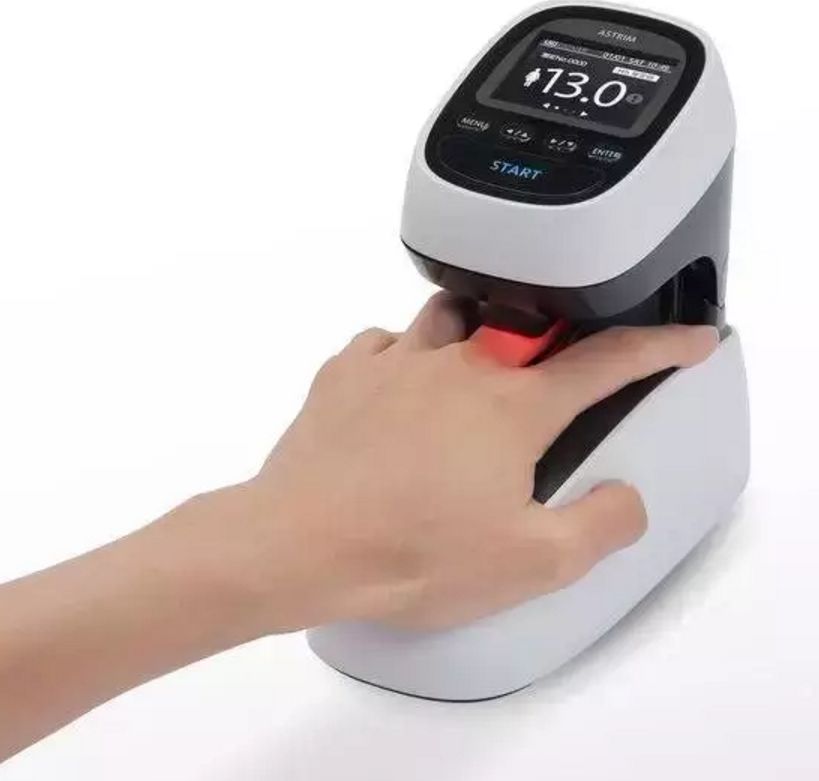
First, the shape of handheld medical devices must be compact, allowing operators to quickly identify the function of the device. In terms of overall design, it should stand out, enabling quick identification among numerous medical devices.
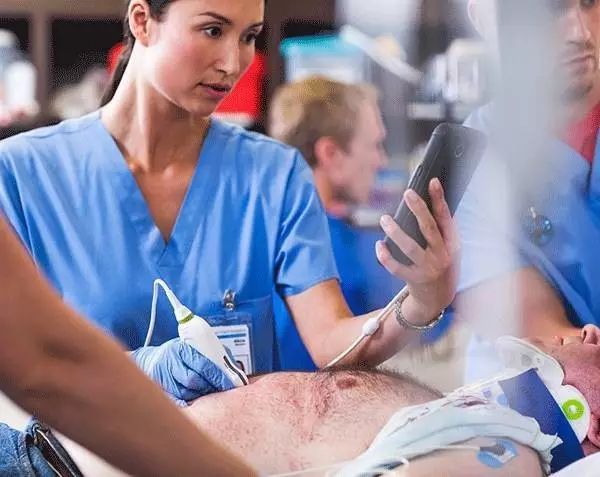
Second, the color of handheld medical devices should be distinct, as different colors convey different meanings, taking practical application situations into account. If the lighting is dim, the design of handheld medical devices should use bright colors to stand out; conversely, if the lighting is bright, softer colors should be used. Ultimately, it is crucial to consider various situations, especially for color-blind individuals, as the meanings expressed by colors can vary significantly.
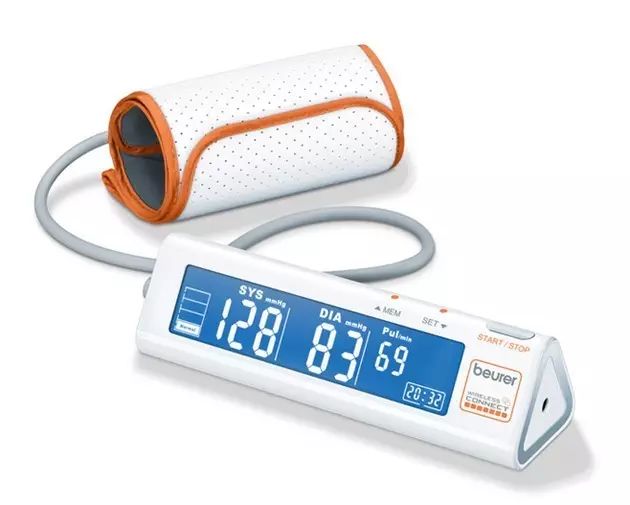
Third, the shape design of handheld medical devices should facilitate practical operation. Since these medical products are primarily used in delicate surgeries and for patients with disabilities, operational performance must meet a high standard, while also possessing anti-contamination and anti-corrosion features to ensure they do not harm patients or medical staff.
2.3 Tactile Design
In addition to the two aforementioned design points, the tactile design of handheld medical devices is also a very important aspect. Tactile design primarily allows operators to clearly feel their interaction with the medical device, ensuring that they do not apply too much or too little force, avoiding unnecessary impacts.
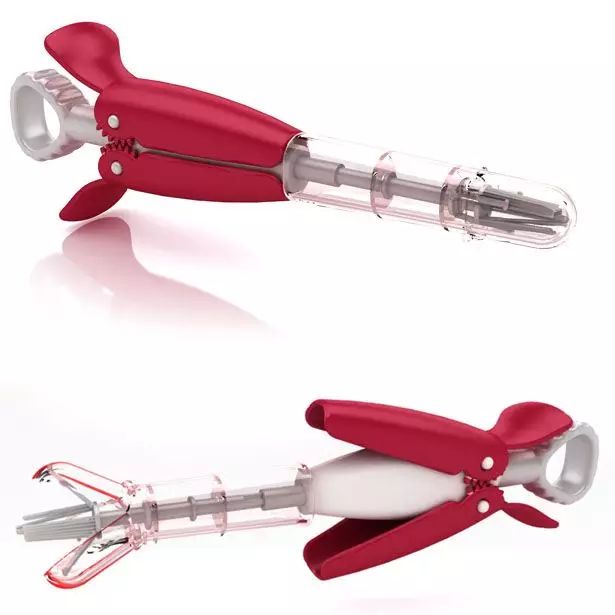
Tactile design has always been a crucial aspect of handheld medical device design, often serving as a bottleneck for breakthroughs. For example, membrane buttons have become a major type of lightweight tactile controllers. The functions of the membrane buttons on pulse oximeters not only include power on/off control but also other switching functions: they can also provide step control functionality. For instance, in the case of the pulse oximeter plus, due to the structural functional influences of the device itself, the membrane button design should meet the operational procedures for single-handed use, with control keys that can be operated with a single finger, ensuring that the layout of control keys minimizes the risk of accidental operations. From the above statements, it is evident that tactile design will directly impact the daily use, maintenance, and optimization of handheld medical devices and will significantly affect users.
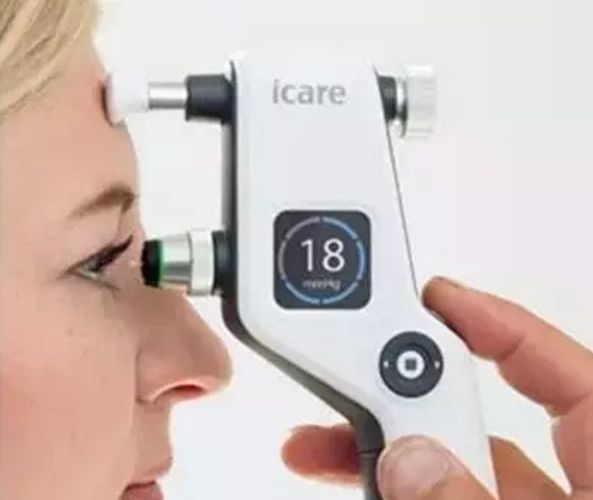
In future work, tactile design must become more user-friendly, enhancing tactile sensitivity while also increasing features to prevent operational errors. Even if errors occur, the tactile design should be capable of stopping all potential issues immediately. In conclusion, this study analyzes the design points of handheld medical devices. Existing handheld medical devices have largely met the needs of medical staff and patients, but due to the increasing number of patients and the emergence of special cases, some handheld medical devices show certain deficiencies in performance, which need further design improvements in the future.
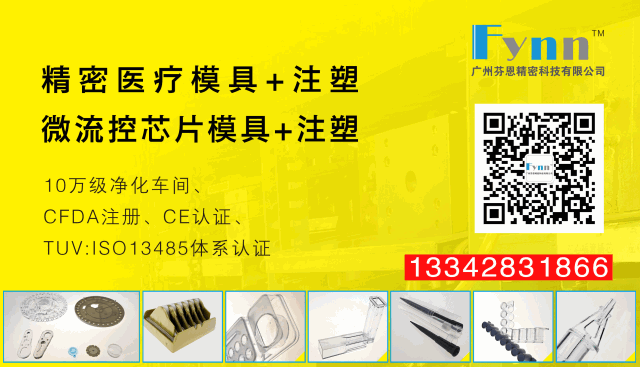
In summary, there are many design points for handheld medical devices. In the design work, it is essential not only to comply with the specifications of each design point but also to enhance the value of handheld medical devices, providing more assistance to medical staff and patients.
(Reproduced for sharing useful information, copyright belongs to the author, thanks)(

Read the original text” Sign up for the [Medical Adhesive Seminar]
↓↓↓